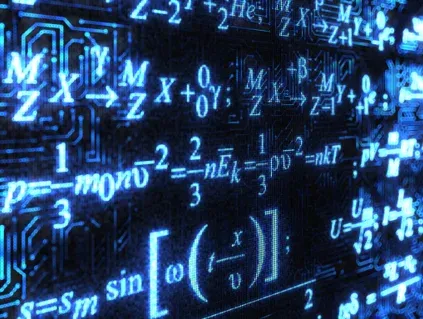Ways of Describing Sets
Ways of Describing Sets
A set maybe described by:
1. Listing the components or elements of the set.
For example,
All of S's absent members are symbolized by the three dots that follow the number five. This suggests there are other members of set
For example, the missing members of the set
2. Providing a linguistic description of the set's constituents or a definition of a characteristic shared by its elements.
For example, the sets
3. By means of a set-construction notation.
For instance,
The set
Furthermore, the set
Likewise,
construction notation as:
For detailed maths tutorial on the above subject, watch the video below.


.webp)







No comments: